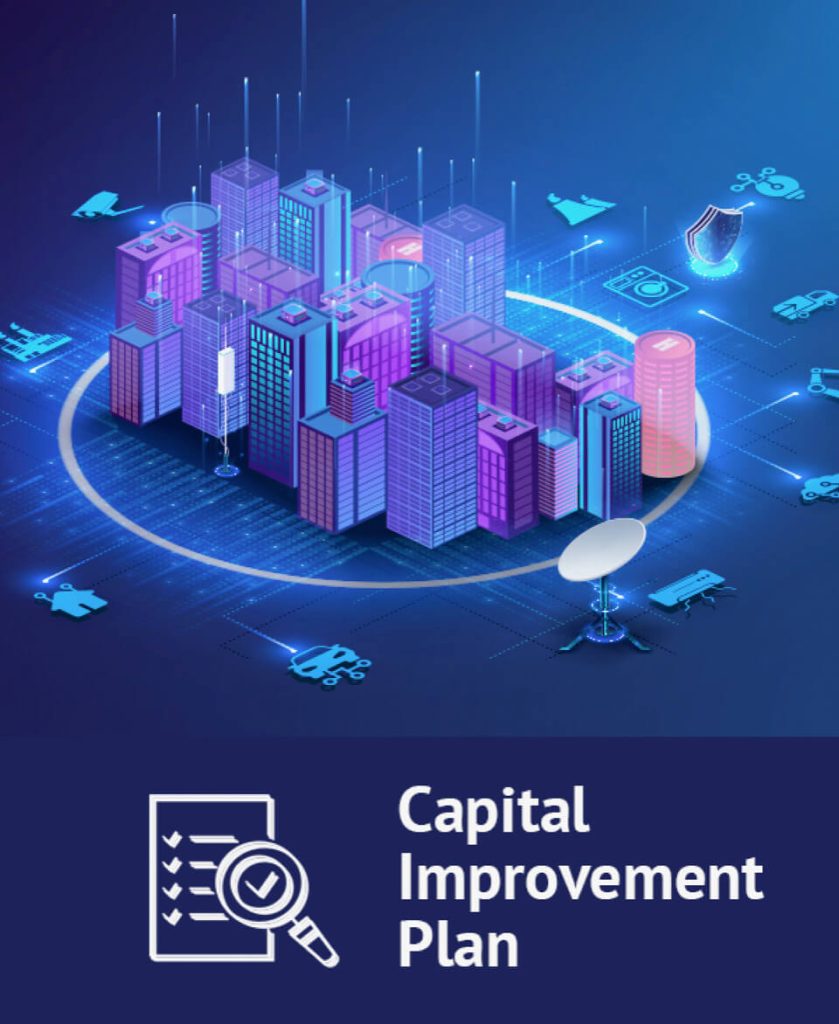The Washington Department of Transportation faces several infrastructure challenges that impact the daily lives of its residents. One of the main issues is the need to maintain and upgrade aging roads, bridges, and transportation systems to ensure safe and efficient travel across the state. Additionally, the department must address increasing traffic congestion in major metropolitan areas, which requires investment in public transportation and alternative modes of transportation. The department also faces challenges related to natural disasters, including floods and landslides, which can disrupt critical transportation infrastructure. Finally, the department must address the impacts of climate change, including extreme weather events and sea-level rise, on critical transportation infrastructure, including roads and bridges. Overall, addressing these infrastructure challenges requires significant investment in the department’s transportation systems to ensure long-term sustainability and resilience.

Sample Highlights from the Capital Improvement Plan
Project ID
Project Title
Project Start Year
Project Description
Project Spend Total
Page Ref
Project Satus
443494
Land Aquisition
2023
Acquire land that becomes available abutting the airport
600000
4
Construction
443511
Pavement Rehabilitation and Electrical Replacement Project (Construction)
2023
Pavement Rehabilitation and Electrical Replacement
63888
6
Construction
443540
Runway Pavement Maintenance
2023
Runway Pavement Maintenance
11111
6
Construction
443796
Runway Lighting System Upgrade to MIRL LED Lighting System
2027
“Replace entire existing airport lighting system, including wiring and control box,
with MIRL LED lighting to improve visibility for aircraft. To include PAPI panel
upgrade”
450000
18
Not Started
443833
Construct Tie Down Apron
2025
Pave Southeast Transient Tie Down Apron.
0
0
Not Started
Explore all options available to you!
Citylitics offers access to over 30,000 unique locations across North America through our Capital Projects Dashboard (CPD).
Capital Projects Dashboard (CPD) provides a comprehensive market view of all planned infrastructure spend in one single view with powerful filters such as: population, project value, fiscal year, project status, project description, geography, and more. The dashboard will help identify opportunity hot spots, create data-driven forecasts you can be confident in with bottom-up data for the next 5 years of planned infrastructure spend, and uncover true market needs.
How to Read a Capital Improvement Plan (CIP) for Business Development?
When a city, municipality or state issues a Capital Improvement Plan (CIP), it can be overwhelming and daunting, but there are a few key things you need to investigate. Let’s start with the definition of CIP – A Capital Improvement Plan (CIP) contains all the individual capital projects, equipment purchases, and major studies for a local government; in conjunction with construction and completion schedules, and in consort with financing plans. The plan provides a working blueprint for sustaining and improving the community’s infrastructures. It coordinates strategic planning, financial capacity, and physical development. A CIP stands at the epicenter of a government’s Planning, Public Works, and Finance departments. When a CIP is issued, it typically includes the following information:
- A listing of the capital projects or equipment to be purchased
- The projects ranked in order of preference
- The plan for financing the projects
- A timetable for the construction or completion of the project
- Justification for the project
- Explanation of expenses for the project
Now, for business development, while the capital plan is interesting, the capital program is for capital expenditures that extends five to ten years beyond the capital budget. Knowing the difference is important so you can influence upcoming program versus just responding to an RFP. If reading the CIP makes your head explode, or you want to save time, Request a Demo of Citylitics CIP dashboard with over 20,000 CIPs from USA and Canada. Citylitics has 20,000 plus available CIPs, how can we help you? What states, cities or counties are you looking to improvement your business development, we can assist you in influencing an upcoming RFP versus simply responding to an RFP. Citylitics Capital Projects Dataset is a comprehensive resource for businesses and organizations looking to track and analyze planned infrastructure spend in their area. The dataset offers a range of features and benefits, including:
- Comprehensive Market View: The dataset provides a single view of all planned infrastructure spend, with powerful filters such as population, project value, fiscal year, project status, project description, geography, and more. This allows businesses to gain a comprehensive understanding of the market and identify new opportunities.
- Identify Opportunity Hot Spots: The dataset offers map views and filters that allow users to identify opportunity hot spots where they need to allocate resources. This helps businesses to understand where they should focus their efforts to achieve the best results.
- Create Data-Driven Forecasts: The dataset provides bottom-up data for the next 5 years of planned infrastructure spend, allowing businesses to create data-driven forecasts they can be confident in.
- Uncover True Market Needs: The dataset allows businesses to develop long-term business plans, R&D, and growth initiatives based on true, bottom-up market needs instead of opinions and anecdotes. This helps businesses to make more informed decisions and achieve better results.
With Citylitics Capital Projects Dataset, businesses can gain a deeper understanding of planned infrastructure spend in their area, which can help them to identify new opportunities and make more informed decisions.
